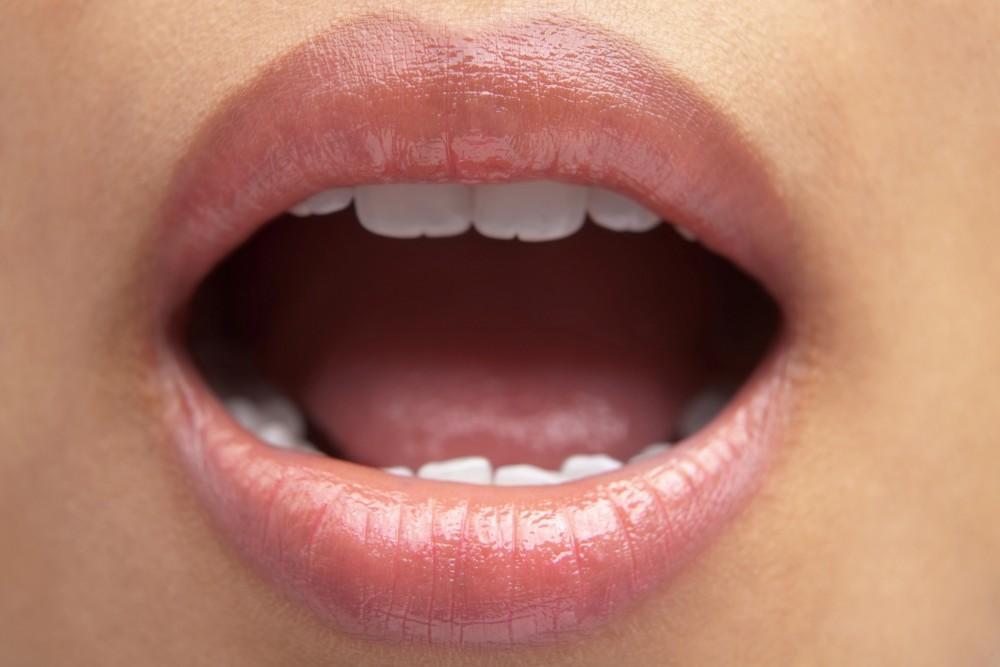
Everything You Need to Know About Dental Sealants

Do you want to do everything you can to maintain a strong, healthy smile for you and your family? Consider dental sealants.
Sealants are commonly used to protect children’s teeth. However, teens and adults can also benefit from dental sealants. Regardless of age, tooth decay can happen to anyone. Sealants are a proactive and straightforward way to give teeth an extra layer of protection.
Why are Dental Sealants Used?
Dental sealants are a preventative treatment option. This means they are not a treatment for existing cavities or other dental problems. Instead, choosing to get dental sealants before there is a problem will prevent tooth decay (which leads to cavities) in the future.
Sealants are placed over the grooves on your molars to prevent debris from settling and bacteria from taking hold. They provide an additional layer of protection over your tooth enamel on the chewing surface in order to protect the tooth from the causes of decay.
How Dental Sealants are Applied
There are a few different types of dental sealants, but they are all composed of a safe material that is applied to the chewing area of the teeth as a protective measure. First, the tooth is thoroughly cleaned and prepped with a mild acidic solution to make the sealant adhere better. The sealant solution is painted onto the tooth and hardened with another compound or with a special light.
This entire procedure can be done quickly during your regular dental visit and is completely painless. Sealants work best on molars, because these are the teeth used primarily for chewing and because they are located in the back of the mouth, they are most difficult to clean properly.
Who Can Benefit From Dental Sealants?
Most patients can benefit from dental sealants to prevent decay on otherwise healthy teeth. There are, however, some people who may benefit the most from dental sealants.
Young Children
Younger children often have trouble cleaning their back teeth thoroughly and consistently. While supervising our kids’ brushing habits is important, especially when they are young, parents are busy, and this can sometimes prove difficult. Having an extra layer of protection again tooth decay can ease your mind.
Patients With Deep Grooves in Molars
Everyone’s body is unique, and that includes the shape of your teeth. Some people have deeper, more pronounced grooves in their molars. This means that debris can more easily get stuck there and can potentially lead to tooth decay. Sealants will diminish these grooves while protecting teeth, lessening the occurrence of decay.
Patients Who Are Genetically Predisposed to Cavities
Even when you are diligent about oral hygiene, some people have a genetic predisposition to cavities. If you have a history of multiple cavities (or if a child’s parents or other family members do), sealants may be a good idea for healthy teeth before they become decayed.
What is the Best Age to Get Dental Sealants?
Children can get sealants on healthy teeth as soon as they erupt from the gums. This means ages 6-14 are ideal for dental sealants. However, you can get dental sealants at any age! The only prerequisite is that the tooth being treated does not have any prior dental work (like a filling or inlay) or any signs of decay.
Should My Family Get Dental Sealants?
If you want to do all you can to prevent cavities and tooth decay, ask about dental sealants at your next dental appointment. And remember, dental sealants are not an excuse to slack on your oral healthcare routine. Continue to brush twice a day with fluoride toothpaste, floss daily, and get regular dental check-ups!
You Might Also Enjoy...


Can Improving Your Smile Boost Your Career?

The Do's and Don'ts of Tooth Extraction

The Oral Health – Mental Health Connection

The Importance of Tongue Health


